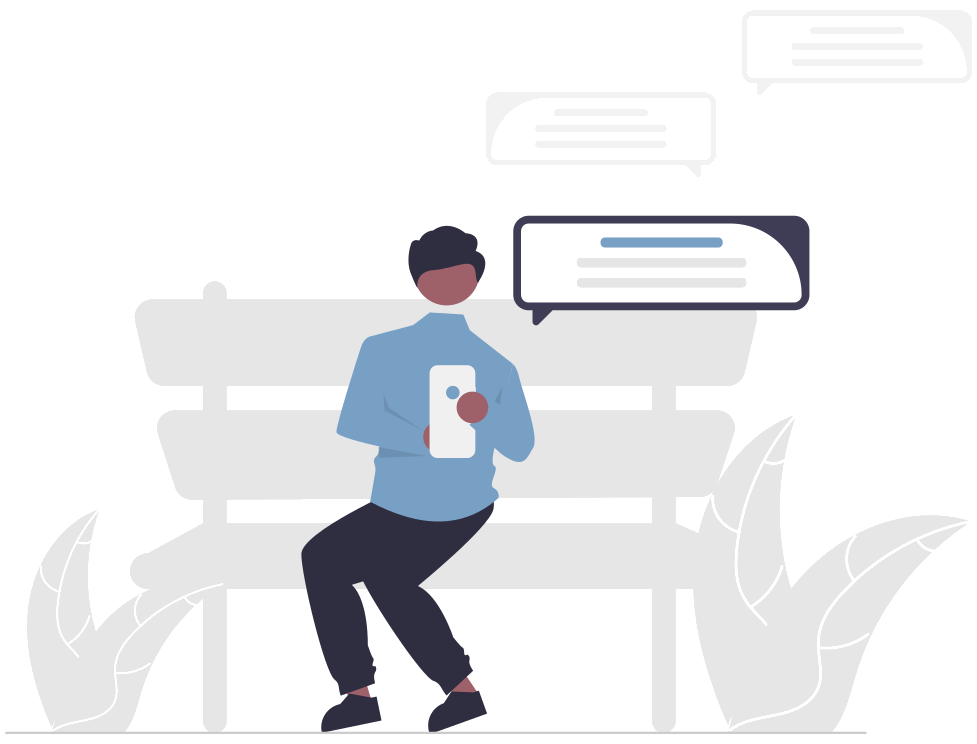Last week I partook in a two-da symposium regarding suicide prevention. I share only important conclusions with you which stood out to me. From research by the Dutch professor Ad Kerkhof, it has shown that people in suicide tend not to have death as their goal. Continue reading.
When studying why someone tried to commit suicide, 2 surprising main reasons were found:
- 78% of the people who attempted suicide gave the reason that "The situation was so unbearable that I did not know what else to do."
- 55% of those who attempted suicide stated the reason: "My thoughts were so awful that I wanted to get rid of the thoughts."
This conclusion gives hope because it clearly shows that the main goal was not to be dead. On the contrary, the victims either wanted to get out of a difficult situation or get rid of the thoughts which kept running through their heads. The stress which causes worrying, makes them feel hopeless. Worrying kills! This is good news because both self-help programs and guidance can help people to stop their worrying or negative thoughts, or to deal with difficult situations in a different way. This way you treat the worrying which causes the unbearable tension and stress which leads to deeds done out of hopelessness. In the self-help program 15 Minutes 4 Me, the most useful intervention which we teach people has shown to be the anti-worrying exercise. The anti-worrying exercise helps to stop the worrying which causes the unbearable stress.
[caption id="attachment_90" align="alignleft" width="150"] Aaron Beck, MD[/caption]
Aaron Beck, MD[/caption]
In the second place follows the use in the program of principles from the cognitive behavioral therapy (CBT) by Aaron Beck and the ...
Rational Emotive Therapy (RET) by Albert Ellis. Both therapies are focused on learning to bend negative thoughts into positive thoughts. By changing negative or worrying thoughts, negative feelings and the tendency of destructive behavior spontaneously decreases. This handles worrying stress at the root of the problem. To learn better solution strategies to deal with stress in difficult situations, we mainly make use of principles from cognitive solution focused therapy.
The solution focused therapy by Steve De Shazer and his wife Insoo Kim Berg let the participants look for direct new and creative solutions for difficult situations which cause stress.
It is a specific therapeutic method to ask focused solution focused questions which help the participants to gain new insights and to see solutions which they previously missed out on.
 Of course it is so that people, during a suicidal period, should always speak to their doctor in order to discuss how they can protect themselves from themselves.
Self-help is good preparation preventively, but not enough during acute crisis situations. In such moments, a responsible doctor should always be contacted.
Of course it is so that people, during a suicidal period, should always speak to their doctor in order to discuss how they can protect themselves from themselves.
Self-help is good preparation preventively, but not enough during acute crisis situations. In such moments, a responsible doctor should always be contacted.
Self-test in stress
Would you like to know to what extent stress, tension, anxiety, or even depressed feelings play a role in your life? Then easily test this by taking a simple test with 21 short questions.
Paul Koeck, MD


















